Graph Modeling and Algorithms for the Water Jug Problem Solution
VerifiedAdded on 2023/01/19
|9
|845
|66
Project
AI Summary
This document presents a solution to the classic water jug problem, a common challenge in computer science and artificial intelligence. The assignment, part of a COT 4400 course, involves modeling the problem as a graph and employing the Breadth-First Search (BFS) algorithm to determine the steps required to measure a specific amount of water using two jugs of different capacities. The solution details the construction of a directed, weighted, and vertex-labeled graph. It provides pseudo-code for computing the moves and outlines the steps involved in filling, emptying, and transferring water between the jugs. The solution includes a step-by-step breakdown of the process, illustrating the state of the jugs at each stage, and references relevant academic papers. The project emphasizes the application of graph theory and algorithmic problem-solving techniques.
1 out of 9
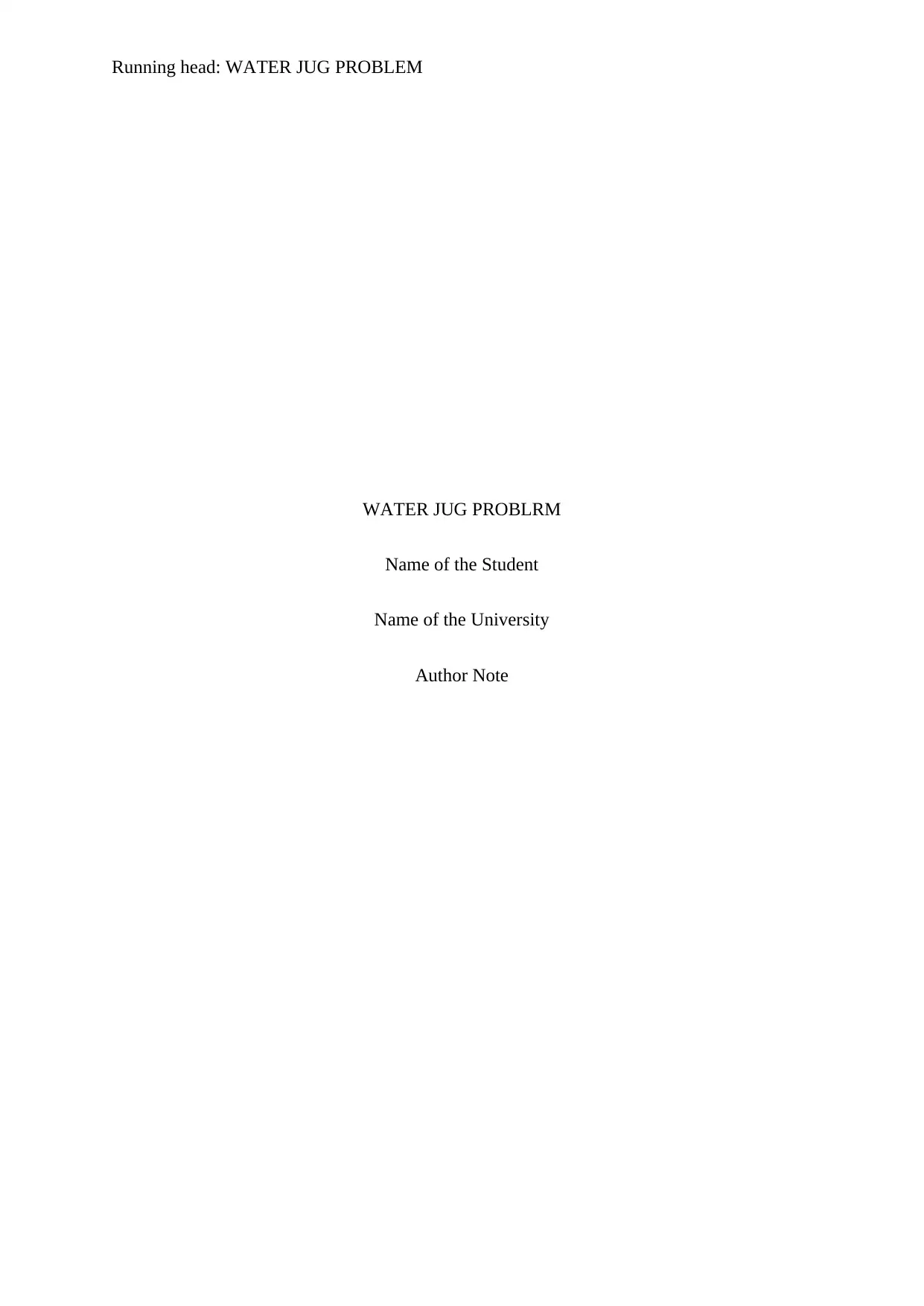

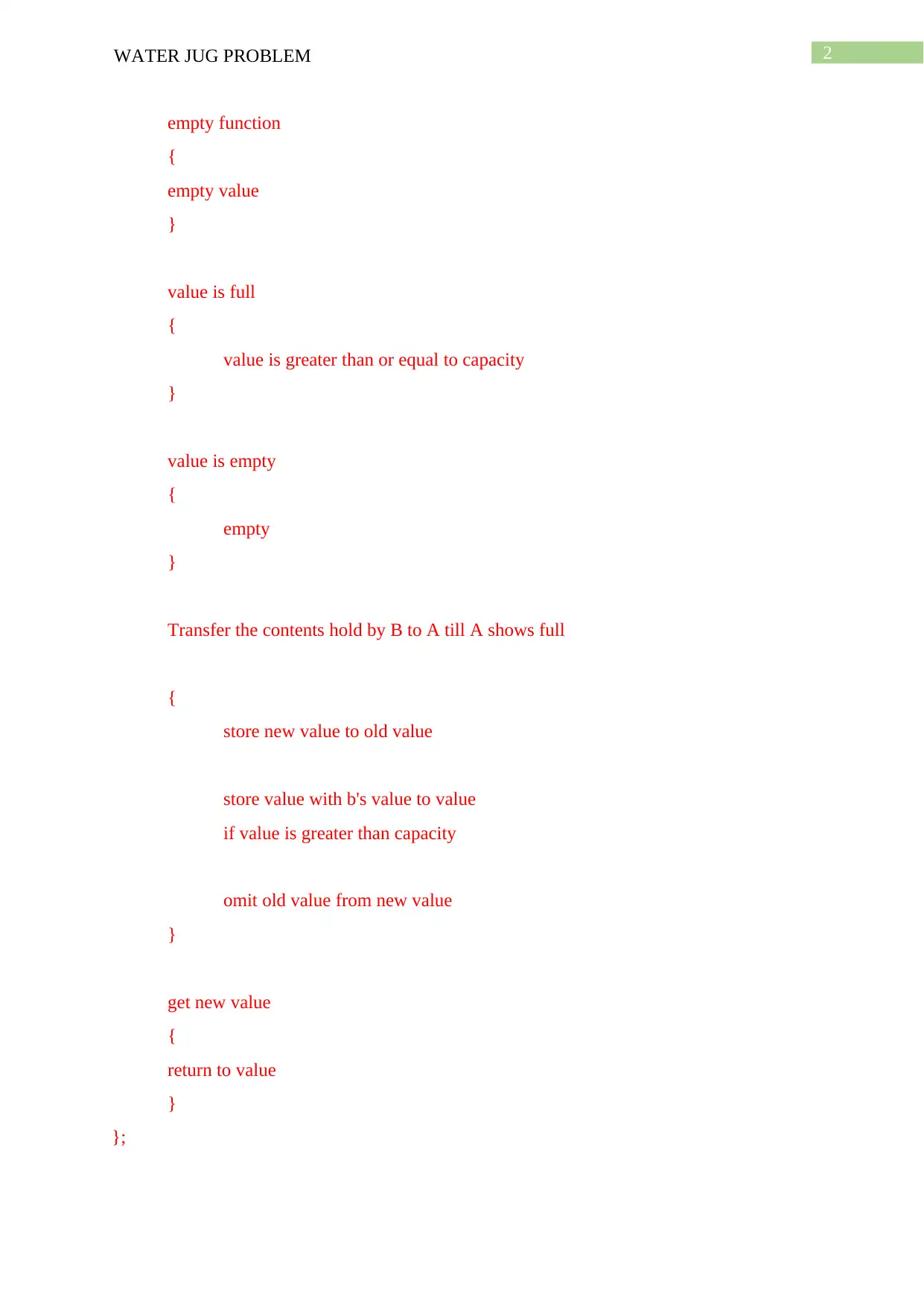

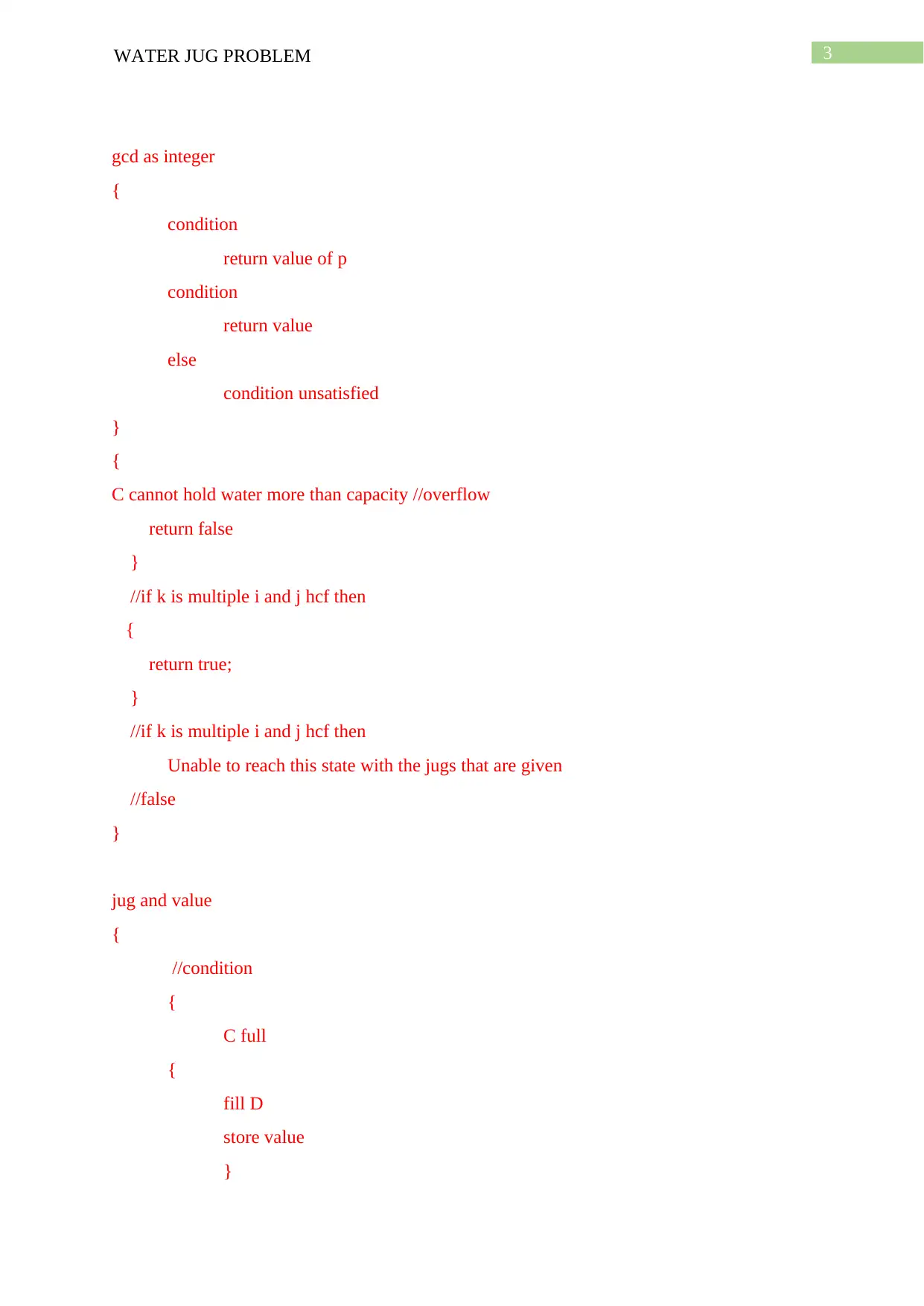


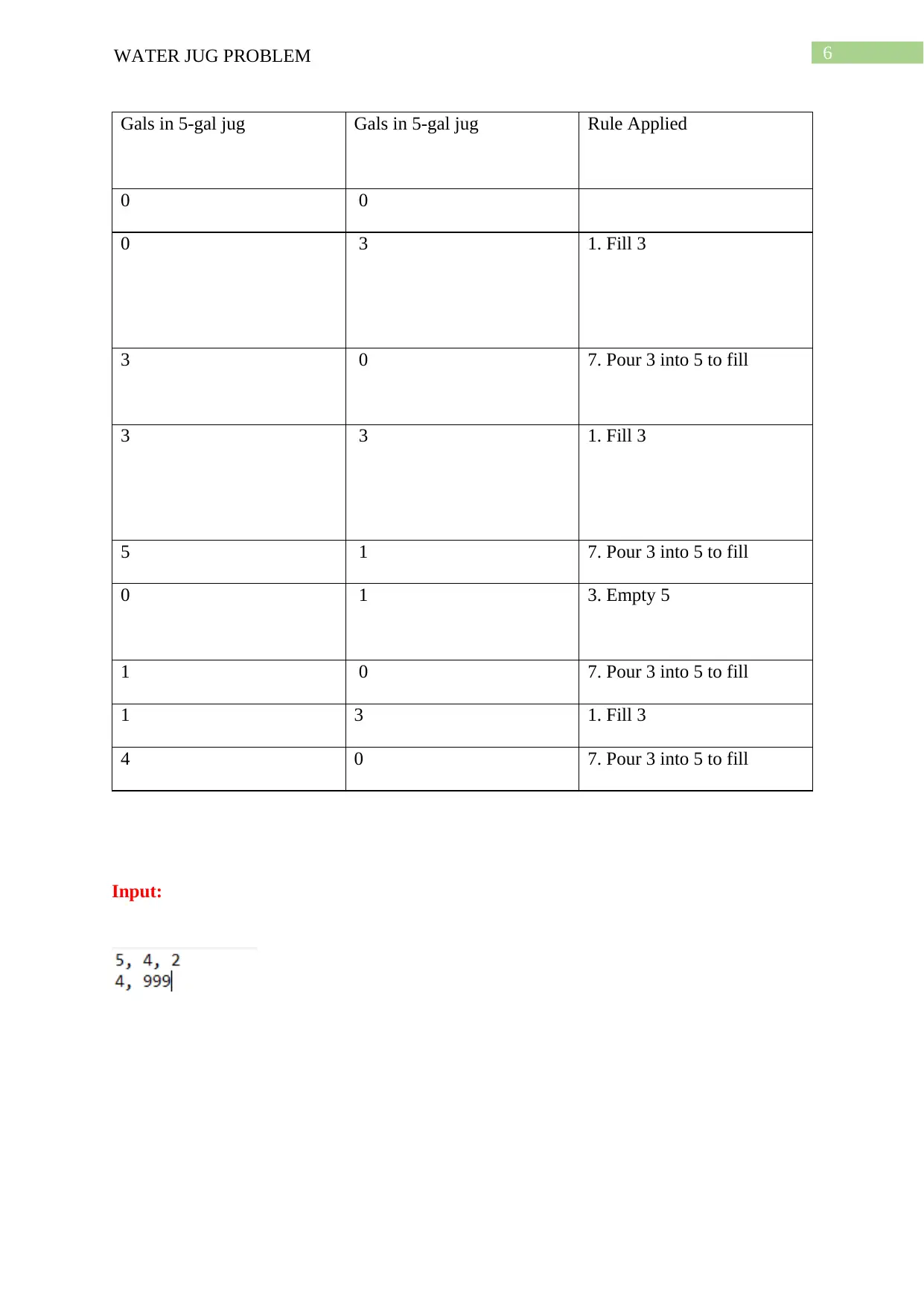
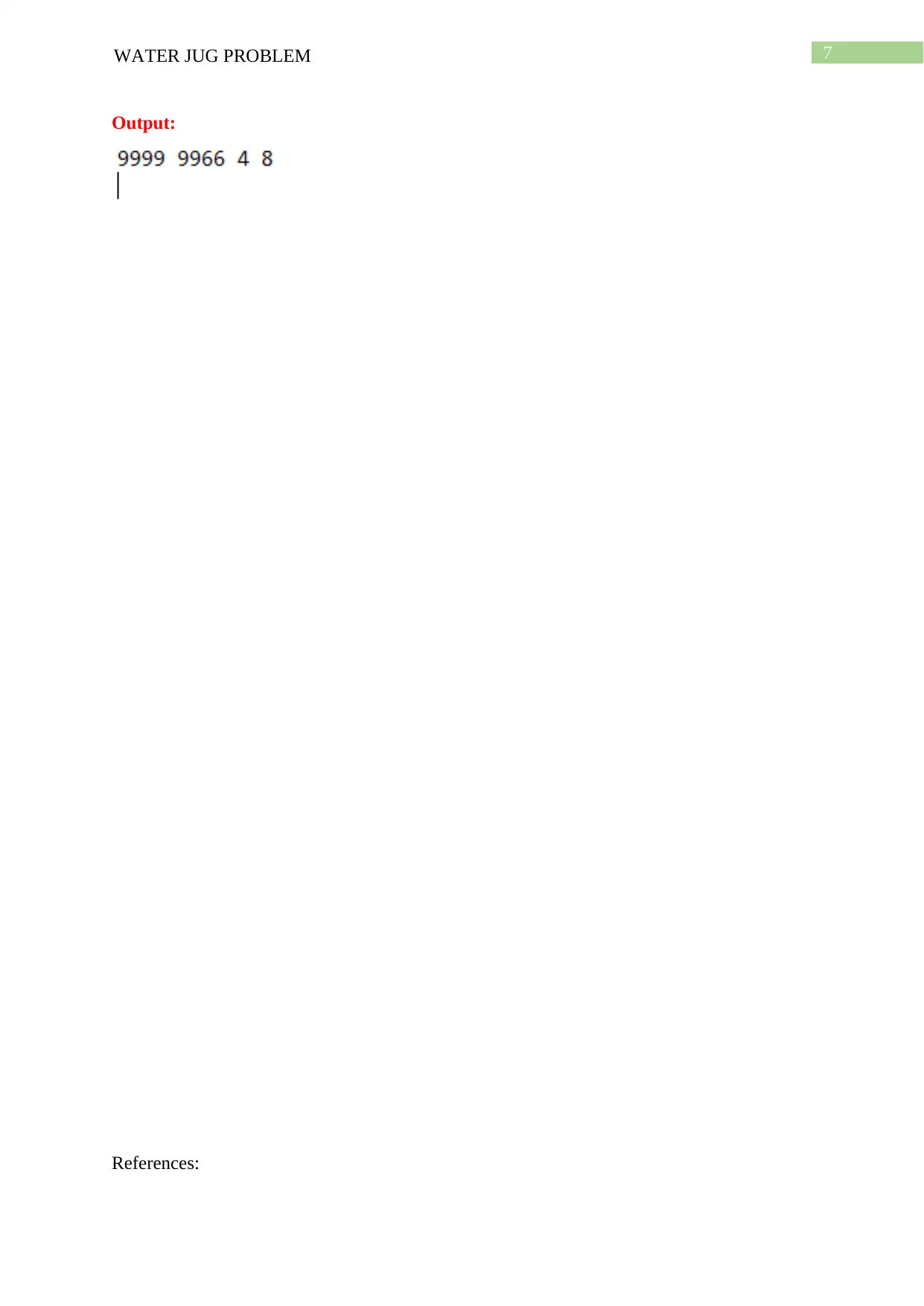


![[object Object]](/_next/static/media/star-bottom.7253800d.svg)